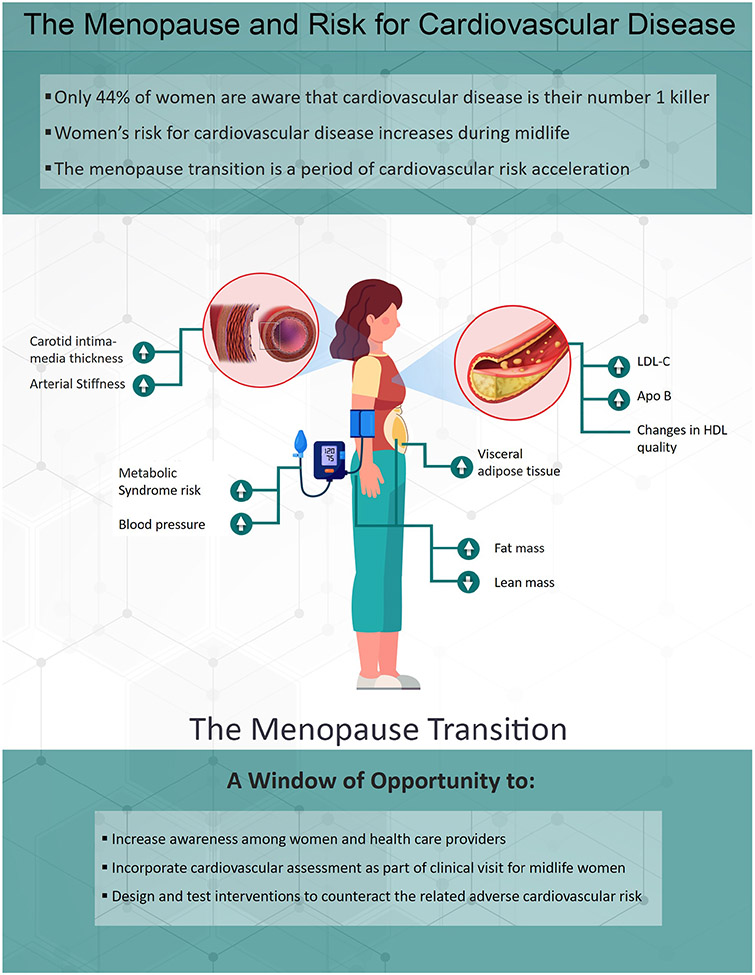Figure 2: Summary of changes in CVD risk factors related to ovarian aging in women.
During the menopause transition, women experience changes in CVD risk factors, including increases in LDL-C and Apo-B, deteriorations in quality of HDL, increased accumulation of visceral adipose tissue and fat mass, loss of lean mass, increase in blood pressure and metabolic syndrome, and worsening of subclinical atherosclerosis. This period provides a “window of opportunity” where targeted prevention could counteract the adverse changes in CVD risk.

